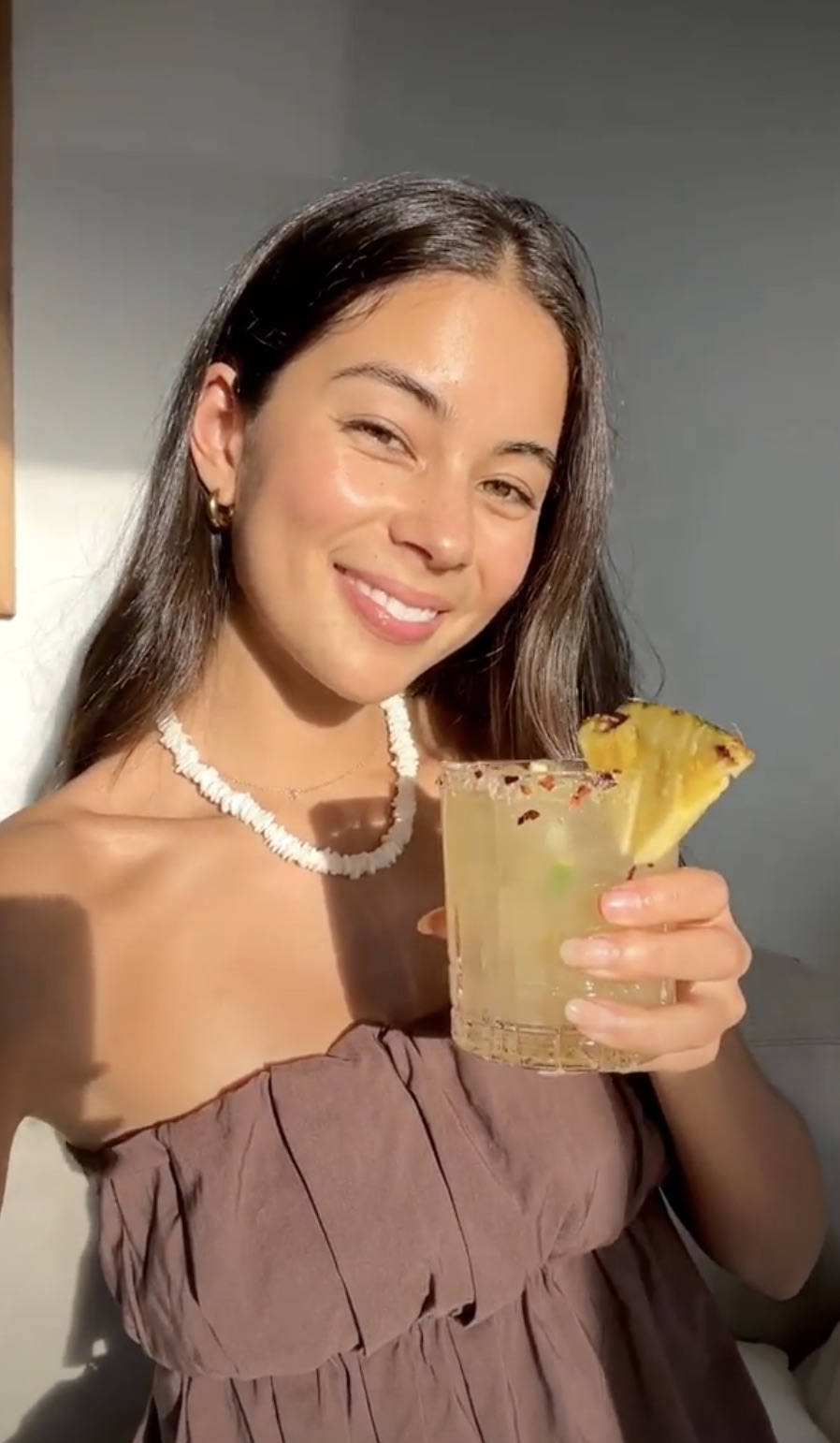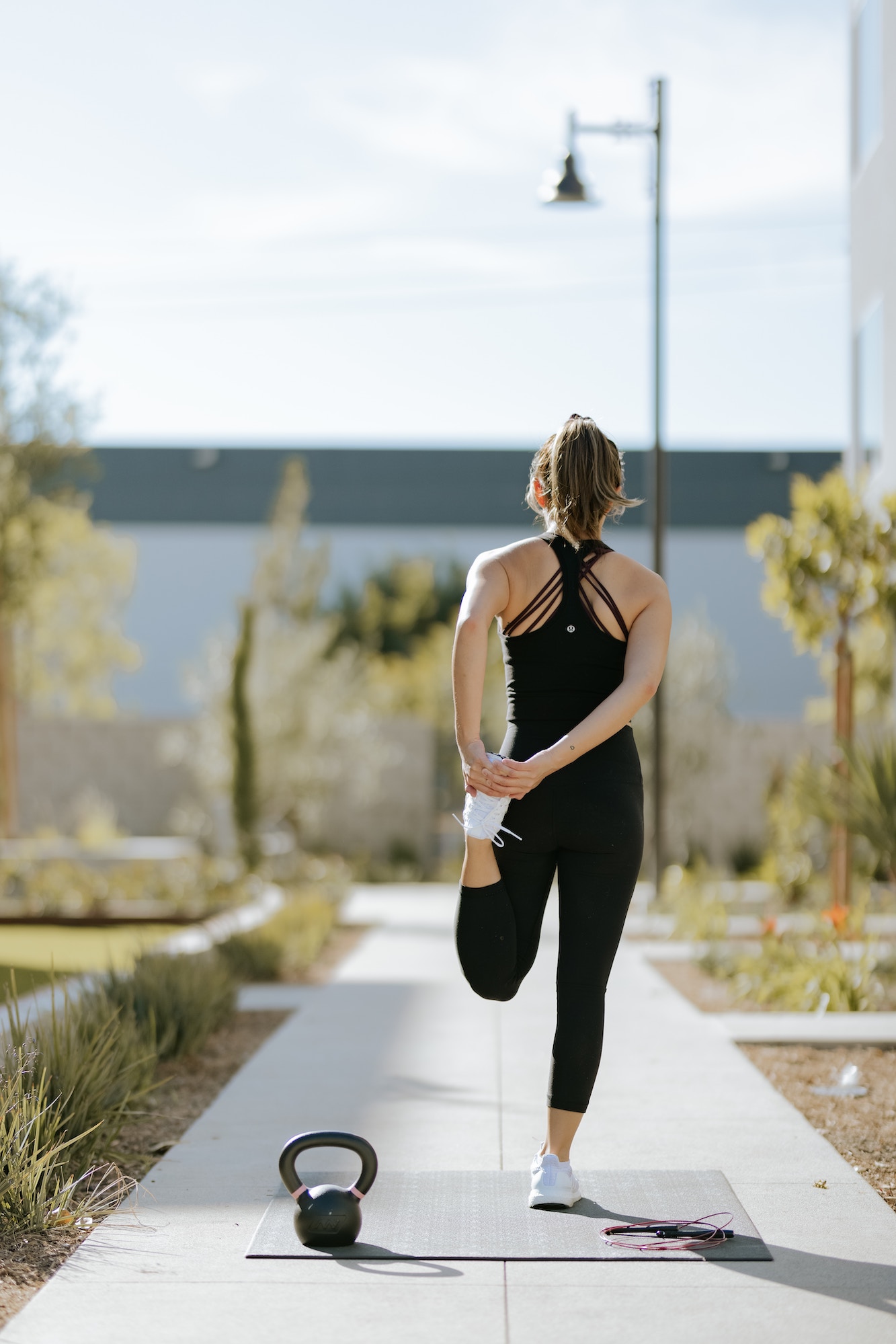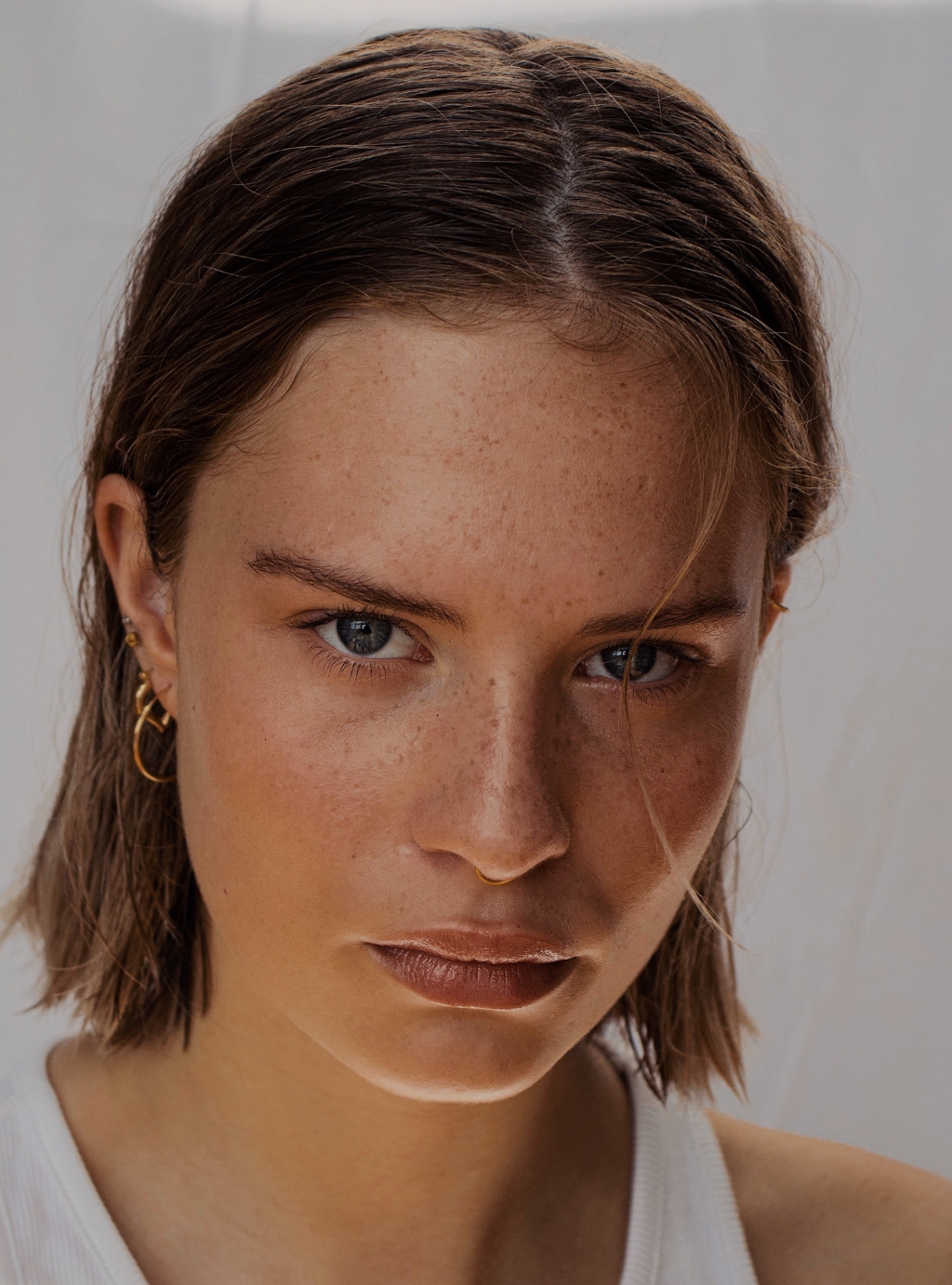Loading the player...
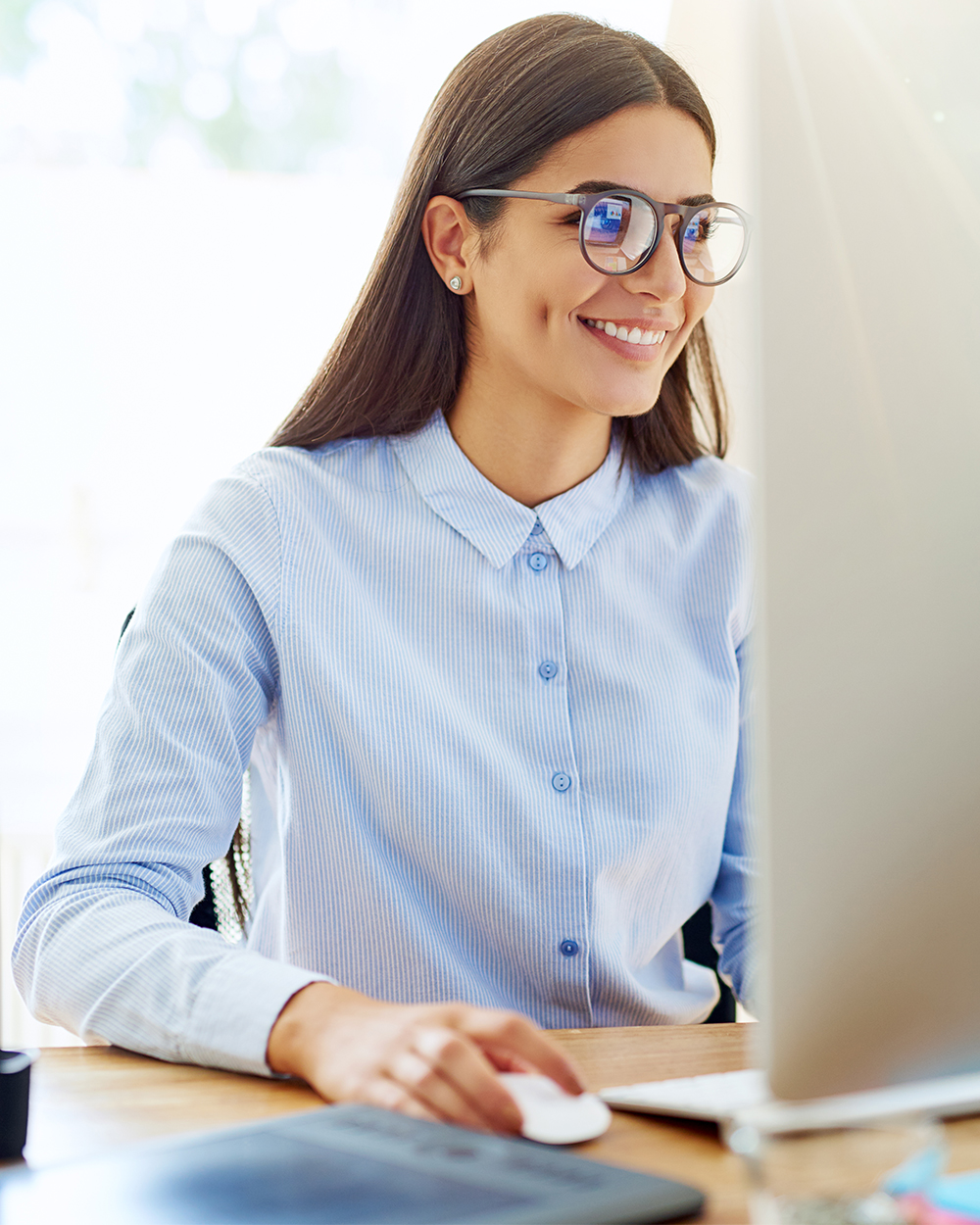
We’ve been hearing a lot about blue light blocking glasses – so we put them to the test to see if they actually live up to the hype…
It feels like blue light blocking glasses have been popping up more and more in 2019. But like any health or wellness craze (activated charcoal, tongue scraping, kombucha and jade-rollers to name a few), there are conflicting reports, depending on who you ask – and I was slightly sceptical to see if they actually worked. Blue light is increasingly becoming a no-no; for those who aren’t clued up on exactly what blue light is, it’s part of the light we get from the sun, but it’s also found in modern appliances and lighting sources such as your phone, television or laptop. It helps our internal body clock understand what time of day it is, and prepare our body to either wake or go to to sleep. The problem with this increased blue light activity is it is throwing out our circadian rhythm, meaning we are struggling to get to sleep, plus it’s causing side effects like fatigue, dry eyes and retina damage – in other words, things that we most definitely don’t want. Due to the increased screen time we have, both at work and at home, the experts are saying that this damage to our eyes and skin is potentially problematic and needs to be addressed. Subsequently, blue-light blocking glasses have appeared on the scene as the answer to this problem, with filters built into their lenses that block and absorb the blue light, so your eyes and skin don’t have to.From reading a plethora of reviews online, plus hearing the opinions of those around me who’d tried the glasses for themselves, I was curious to test this out and jump on the blue-light bandwagon to see if I’d experience the same positive results as some people seemed to profess. My typical day consists of sitting in front of a computer screen for at least eight hours daily at work – which to me, didn’t seem long enough to require blue light blocking lenses. But then, I began thinking about the screen time I was clocking up during the commute to and from work, not to mention the time spent gazing at my phone when binge-watching series on my return home. Safe to say, I gave in to the idea of trying out these glasses pretty quickly. Not wanting to splash out on an overly expensive pair just in case, I opted in for an affordable pair from The Iconic. At $60, they ticked all the boxes and I was happy with the way they looked, choosing the clear pair so that I could mix and match with my everyday outfits.
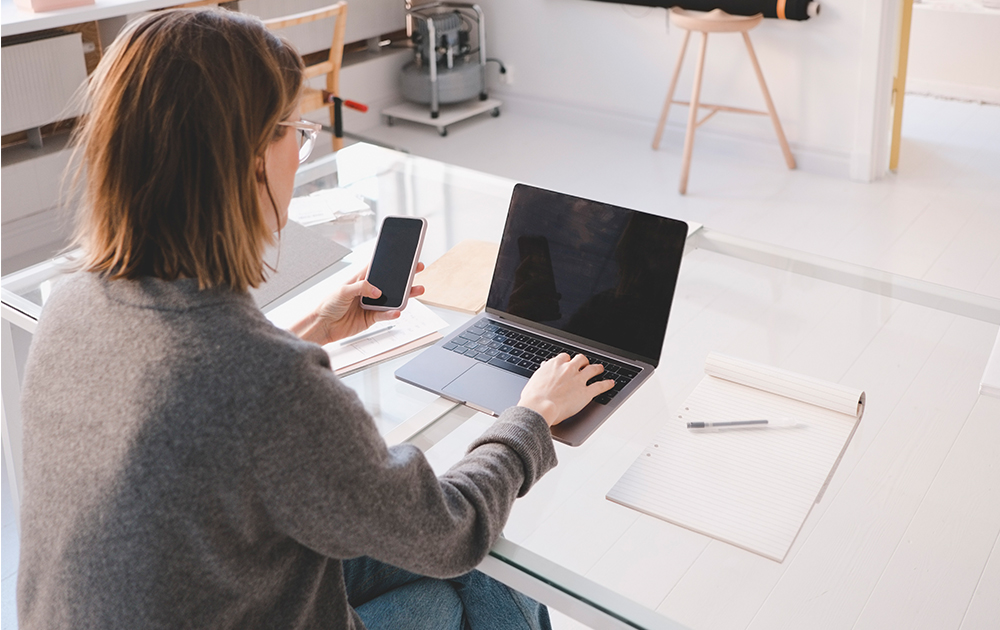
THE VERDICT — WHAT I REALLY THOUGHT:
In the workplace: My glasses arrived mid-morning after a speedy courier delivery, so I noticed the change when I put them on instantly compared to what my eyes were experiencing earlier that morning. Generally, I struggle with bright lights, so my computer settings are already set on low brightness and light colours, I also have the old school Windows desktop mode applied. But on top of these settings, I found that as soon as I put the glasses on, my eyes became relaxed and were put at ease, from a series of lights, that previously I didn’t think twice about. This ‘at ease’ result, is because the glasses are designed with a yellow tint to them, so they take away the white ‘fuzziness’ that radiates from a computer or phone screen. Working throughout the week with them on, I found there was a notable difference and have since struggled to look at my desktop screen without the glasses on. When I’ve used my phone throughout the week while in the workplace I’ve worn the glasses, but my phone is often set to ‘greyscale mode’ which is supposed to make it less distracting, so I haven’t noticed a huge difference there. At home: For my nightly Netflix hit, I made sure that the glasses were on throughout and when doing my general end-of-day wind down on my phone (setting my alarm, signing off for the day) I wore the glasses too. My phone is always set to ‘bed-time’ mode which changes the blue light to yellow in the last two hours before my bedtime, but regardless, I still noticed a huge difference while engaging in screentime in the dark. Blue-light blocking glasses are supposed to help give you a better night’s sleep too, as by taking the edge off the blue light, it’s not alerting the body that it’s daytime and throwing out your circadian rhythm. Keeping in mind the normal distractions I face when falling asleep (thoughts bouncing around my head, caffeine in my bloodstream and a snoring boyfriend) by using the glasses pre bed-time, I fell asleep quicker than usual. Generally, it takes me about 15-20 minutes to fall asleep, but I found when wearing the blue-light blocking glasses during my nighttime regime, I shaved off a good 5 to 10 minutes. Should you invest in a pair? I’m not usually one to jump on the latest trends, but the blue light blocking glasses are something that I’d highly recommend to anyone, especially those working in a digital-based environment who spend a lot of their time behind a screen. Overall, my eyes feel less fatigued and I can focus on my screen for longer with them on – before, I’d have to get up and do a lap around the office to put my eyes at ease (which I still recommend to anyone) but these glasses really work in relaxing the muscles and allowing you to focus. Plus, falling asleep quicker is an added bonus that I have zero complaints about. Those 10 minutes don’t sound like a lot, but for this sleeping beauty, I’ll take the extra minutes snoozing any day!Words: Maxine Fourie Photos: Getty Images
To find out how to make your phone less distracting, watch the clip below: [jwp-video n="1"]
[related_articles post1="116879" post2="95398"]]]>


